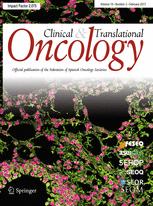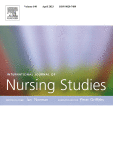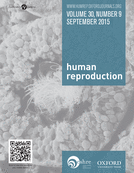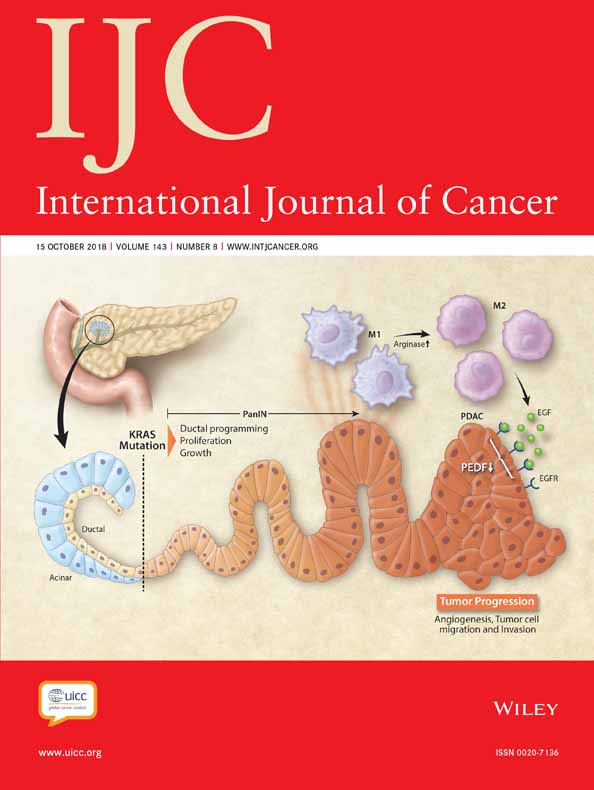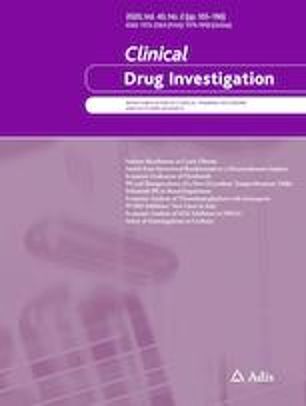Cancer screening risk literacy of physicians in training: An experimental study
We investigated what factors may foster or hinder physicians’ cancer screening risk literacy–specifically the ability to understand evidence regarding screening effectiveness and make evidence-based recommendations to patients. In an experiment, physicians in training (interns and residents) read statistical information about outcomes from screening for cancer, and had to decide whether to recommend it to a…




